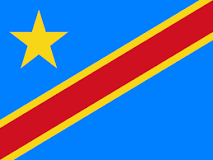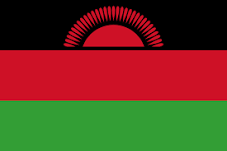Climate Change a Wildlife Nightmare in Southern Africa! … games reserves, environmentalists decry increase of invasive species
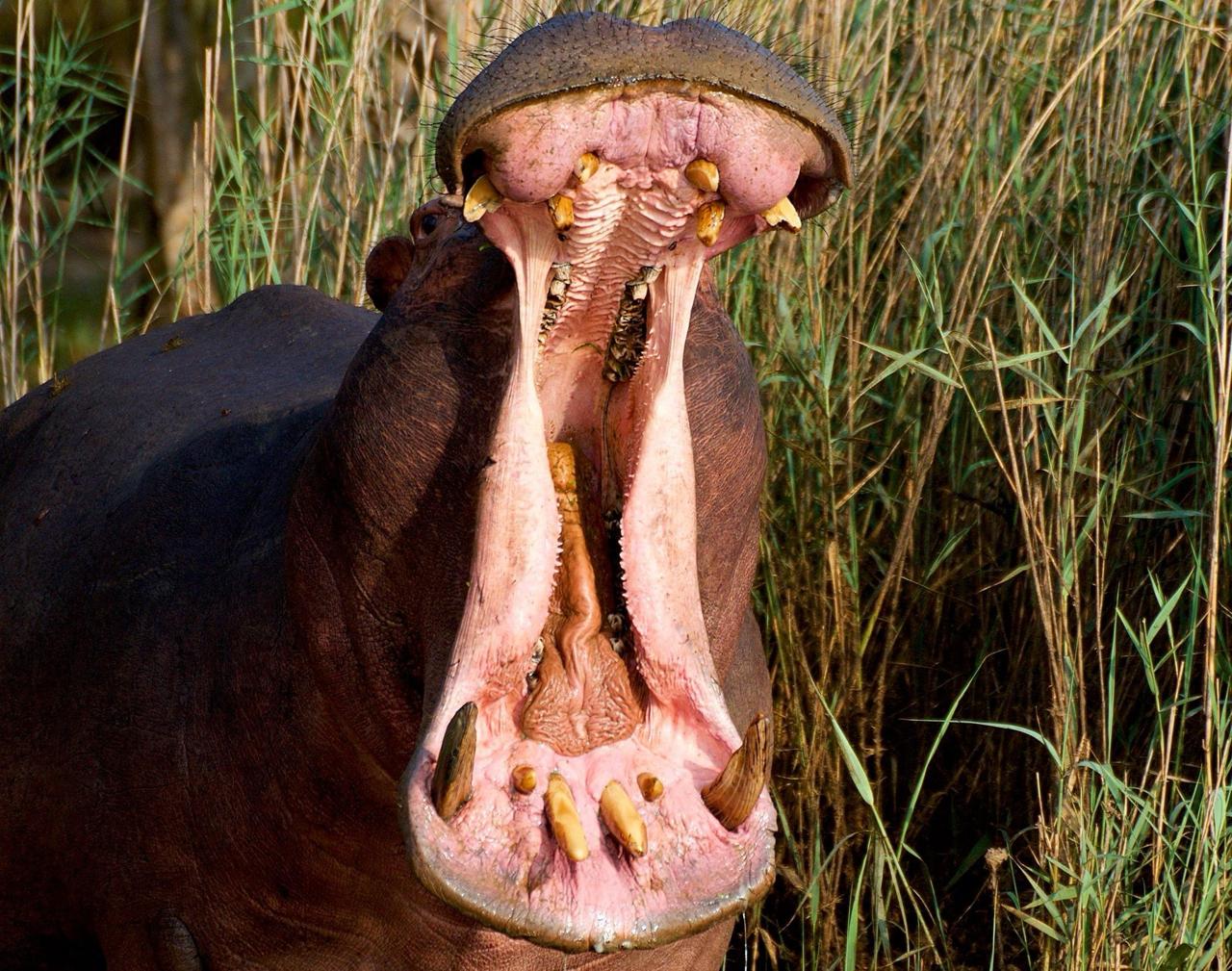
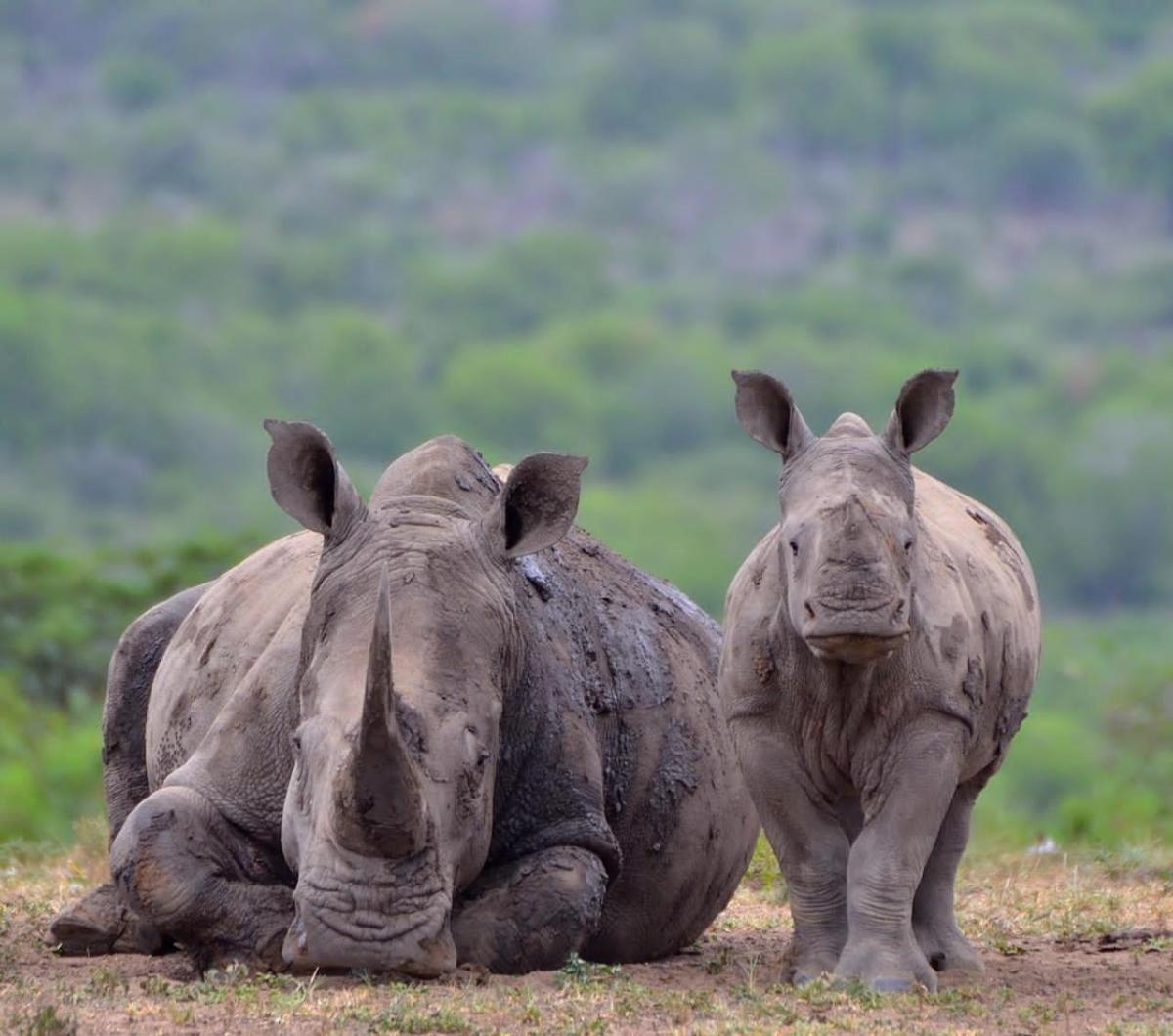
Explaining the situation on the ground, he further said the population of game animals was decreasing on a daily basis because of the lack of rainfall that they were no longer received on time and the heatwaves which were caused by climate change.
The EMI further revealed that this was greatly impacting the tourism industry.
“Climate change has the potential to significantly impact the global tourism industry through changes in accessibility and comfort levels, as well as geographic or seasonal changes to attractions. For example, we know that in summer, it is hot at times, but nowadays, we are experiencing heatwaves in some of the areas that we were not experiencing before. Some tourist attraction areas are experiencing floods- and this was not the case in the past.”
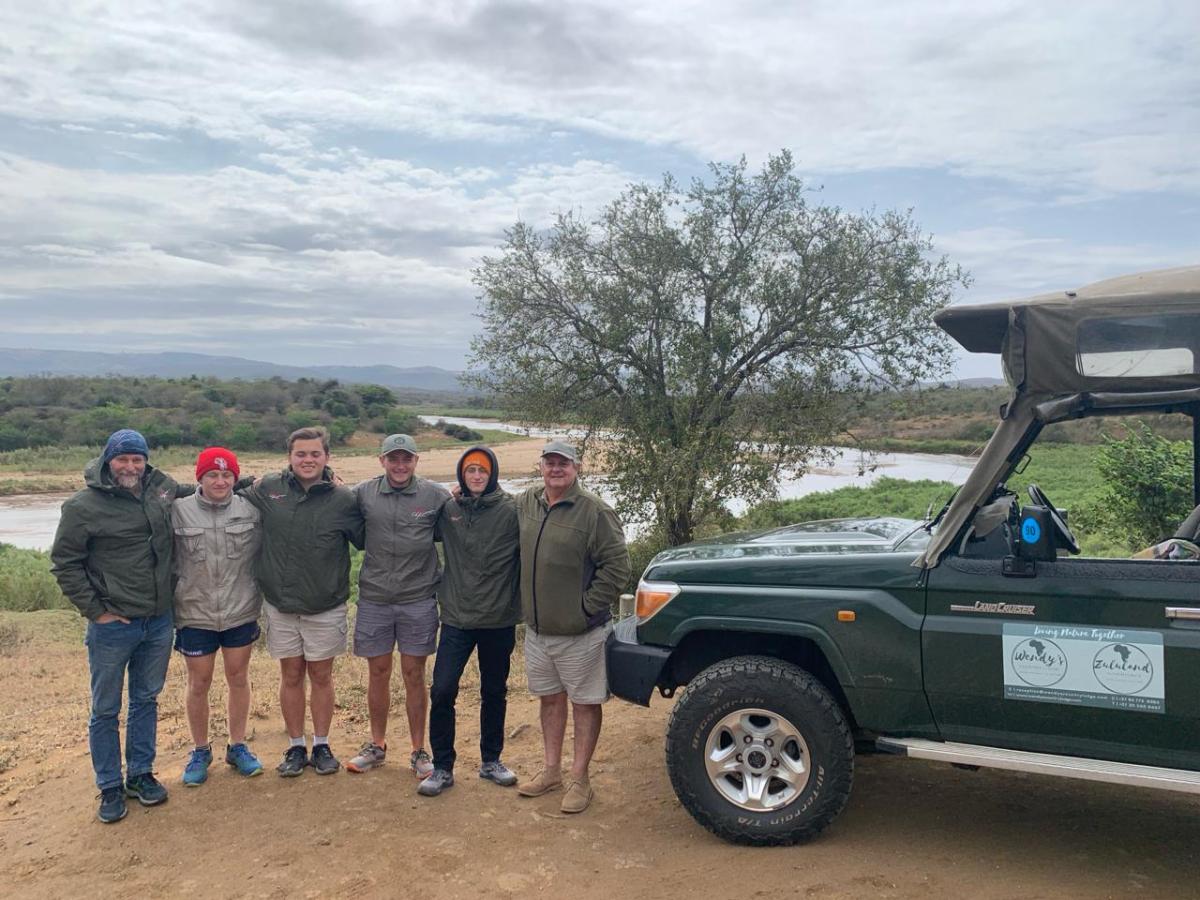
The EMI said invasive species reduced biodiversity, which was essential for the functioning of ecosystems. Explaining this, he said invasive species altered and degraded the environment and had a negative effect on native plant and animal species. The environmental impacts of invasive species include reduced biodiversity, water shortages, increased frequency of wildfires, and flooding and pollution caused by the overuse of chemicals to control infestations.
“Invasive species affect agriculture, forestry, and fishing and can even damage buildings and infrastructure. This harms local and national economies and hinders sustainable economic growth. The economic impacts of invasive species include lower crop productivity, livestock harmed, soil quality degraded, decreased value of land or property, and higher cost of controlling pests, weeds, and diseases,” said the environmentalist.
Gavin Udal, a long-serving conservationist at Wendy’s Country Lodge at Hluhluwe iMfolozi Park in Kwa-Zulu Natal in South Africa, said their attempts to keep up with the time and prevent wildlife from being extinct were becoming futile each day. Worth noting is that Udal has more than 40 years of experience working with wildlife.

“Gone are the days when we enjoyed open grasslands with no invasive species and shrubs, where natural and indigenous plants were in abundance,” said Udal during an interview.
“About 12 years ago, I noticed alien plants, especially the Cycle Bush and Sweet Thorn. These have taken over grasslands and turned them into thick bushes, making it difficult for predators such as cheetahs to hunt effectively. The growth and spread are uncontainable in the current conditions. They are blooming early, with seeds spreading rapidly. They are hardy and can withstand drought and flooding,” said the conservationist.
When asked how animal behavior and population had been affected by climate change, Udal jumped in to say grazers (herbivores) such as White Rhinos, Impalas, Zebras, and Wildebeests, among others, were the worst hit as it was hard for them to find healthy grazing land—hence a decrease in population.
“This also impacts your predators, such as Cheetahs, who need open grasslands to hunt effectively. Invasive species make it almost impossible for them to hunt, hence a decrease in population.”
The author is a journalist at the Climate Environment News in Eswatini.













































